Kyle Hundman
Detecting Spacecraft Anomalies Using LSTMs and Nonparametric Dynamic Thresholding
Jun 06, 2018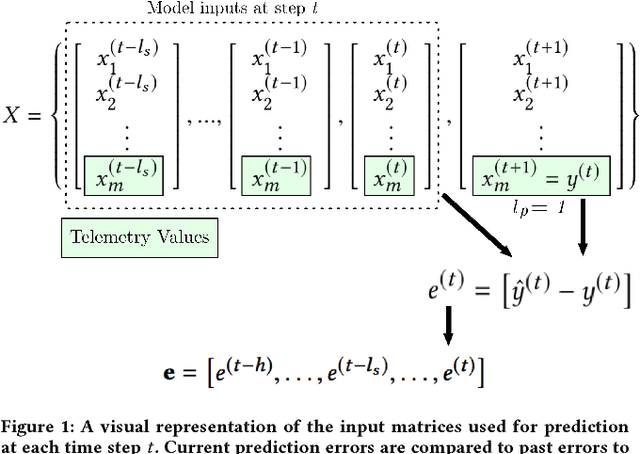
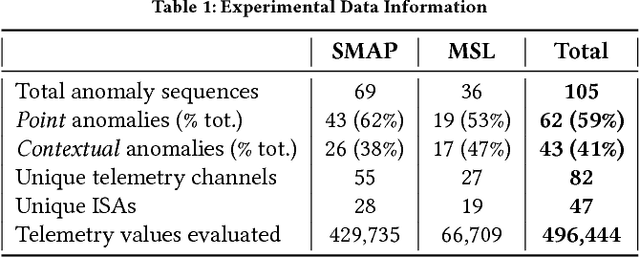
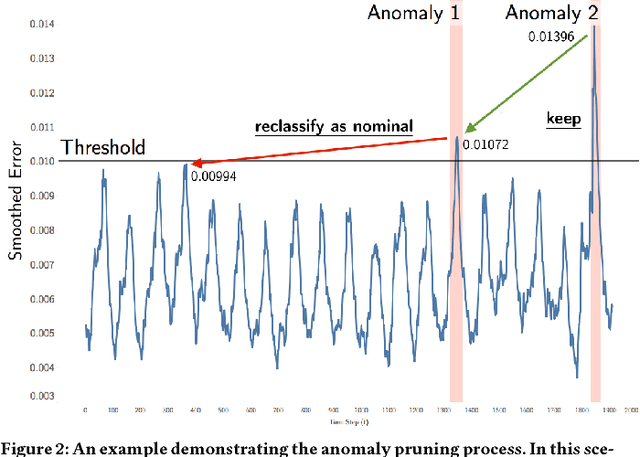
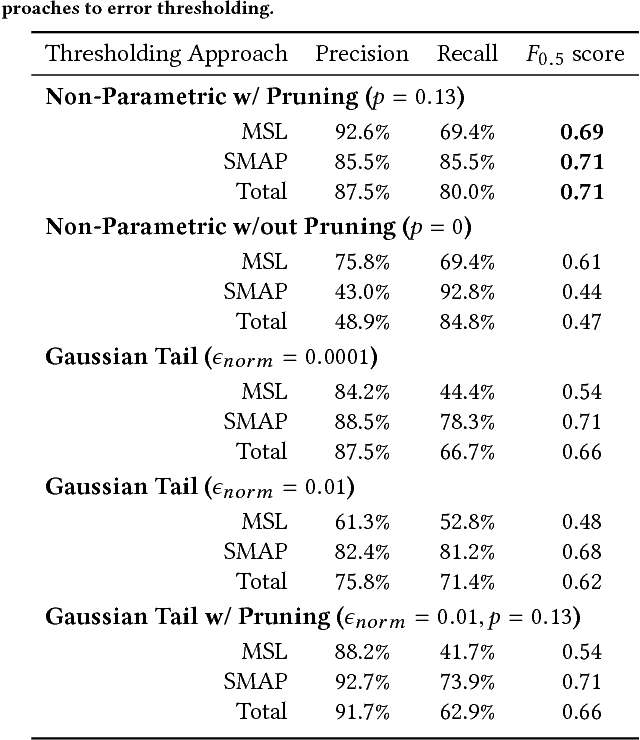
Abstract:As spacecraft send back increasing amounts of telemetry data, improved anomaly detection systems are needed to lessen the monitoring burden placed on operations engineers and reduce operational risk. Current spacecraft monitoring systems only target a subset of anomaly types and often require costly expert knowledge to develop and maintain due to challenges involving scale and complexity. We demonstrate the effectiveness of Long Short-Term Memory (LSTMs) networks, a type of Recurrent Neural Network (RNN), in overcoming these issues using expert-labeled telemetry anomaly data from the Soil Moisture Active Passive (SMAP) satellite and the Mars Science Laboratory (MSL) rover, Curiosity. We also propose a complementary unsupervised and nonparametric anomaly thresholding approach developed during a pilot implementation of an anomaly detection system for SMAP, and offer false positive mitigation strategies along with other key improvements and lessons learned during development.
Always Lurking: Understanding and Mitigating Bias in Online Human Trafficking Detection
Dec 03, 2017
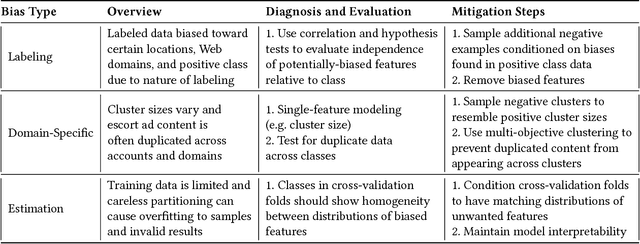
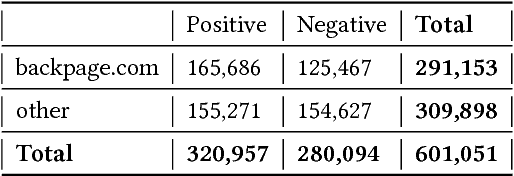
Abstract:Web-based human trafficking activity has increased in recent years but it remains sparsely dispersed among escort advertisements and difficult to identify due to its often-latent nature. The use of intelligent systems to detect trafficking can thus have a direct impact on investigative resource allocation and decision-making, and, more broadly, help curb a widespread social problem. Trafficking detection involves assigning a normalized score to a set of escort advertisements crawled from the Web -- a higher score indicates a greater risk of trafficking-related (involuntary) activities. In this paper, we define and study the problem of trafficking detection and present a trafficking detection pipeline architecture developed over three years of research within the DARPA Memex program. Drawing on multi-institutional data, systems, and experiences collected during this time, we also conduct post hoc bias analyses and present a bias mitigation plan. Our findings show that, while automatic trafficking detection is an important application of AI for social good, it also provides cautionary lessons for deploying predictive machine learning algorithms without appropriate de-biasing. This ultimately led to integration of an interpretable solution into a search system that contains over 100 million advertisements and is used by over 200 law enforcement agencies to investigate leads.
* Submitted to 2018 AAAI 1st conference on AI, Ethics, and Society. Awaiting review
Measurement Context Extraction from Text: Discovering Opportunities and Gaps in Earth Science
Oct 11, 2017



Abstract:We propose Marve, a system for extracting measurement values, units, and related words from natural language text. Marve uses conditional random fields (CRF) to identify measurement values and units, followed by a rule-based system to find related entities, descriptors and modifiers within a sentence. Sentence tokens are represented by an undirected graphical model, and rules are based on part-of-speech and word dependency patterns connecting values and units to contextual words. Marve is unique in its focus on measurement context and early experimentation demonstrates Marve's ability to generate high-precision extractions with strong recall. We also discuss Marve's role in refining measurement requirements for NASA's proposed HyspIRI mission, a hyperspectral infrared imaging satellite that will study the world's ecosystems. In general, our work with HyspIRI demonstrates the value of semantic measurement extractions in characterizing quantitative discussion contained in large corpuses of natural language text. These extractions accelerate broad, cross-cutting research and expose scientists new algorithmic approaches and experimental nuances. They also facilitate identification of scientific opportunities enabled by HyspIRI leading to more efficient scientific investment and research.
 Add to Chrome
Add to Chrome Add to Firefox
Add to Firefox Add to Edge
Add to Edge